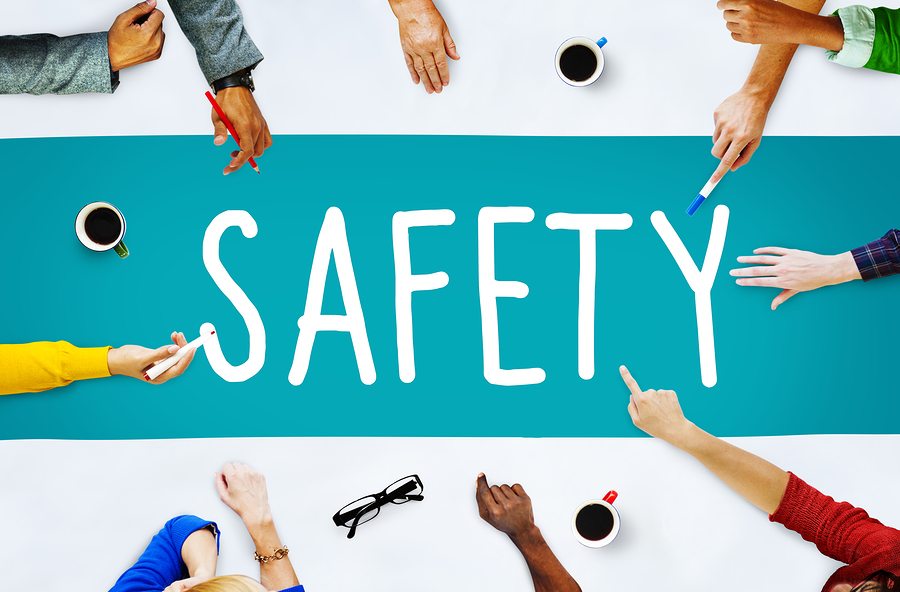Most workers roll their eyes at the mention of a safety meeting – but what they may not realize is that these meetings have a greater purpose than just lecturing workers with a “boring” speech. Proper safety training can spell the difference between life and death on the jobsite.
Safety meetings 101
In a safety meeting, the company’s management and safety experts have an opportunity to teach employees how to perform their jobs more safely. This crucial training could prevent countless accidents in the long-run.
Some studies show that 90% of all jobsite accidents are caused by “unsafe acts.” These types of accidents are often the result of a worker not making the safest choices on the job. However, if workers attend all safety meetings and pay attention to the information being presented, they’ll know how to steer clear of unsafe acts and avoid accidents on the jobsite.
Pay attention!
If you’ve been working on a particular jobsite for many years, you may assume you already know everything there is to know about safety in your workplace. As a result, you may tune out during safety meetings and let your mind wander.
However, it is crucial to pay attention in these meetings even if you think you’ve heard it all before. After all, you may just learn something new. For example, you could learn about the latest, cutting-edge protective equipment or a smarter, safer and more effective way to do your job. All workers should pay close attention and take safety meetings seriously because the lessons they learn could help save their own or another worker’s life.
Understanding the risks
Are you still not convinced that safety meetings are necessary? Then you may want to consider the potential costs of having an accident on the jobsite. Here are a few ways a jobsite accident can directly affect you:
- You could lose your income: If you are seriously injured in a jobsite accident, you may not be able to work. If that’s the case, your paycheck may decrease or disappear altogether. Who will pay the bills if this happens? What if you are the sole breadwinner in your family? You and your family could be financially devastated.
- You could suffer from chronic pain: If you are injured on the jobsite, you may still be able to work – but you could suffer from severe aches and pains for the rest of your days. Think about how excruciating it would be to work through back aches, knee pain or splitting headaches every day.
- You could die: In the worst case scenario, a workplace accident could kill you. Think about how your loved ones would feel knowing that you died from an easily preventable accident at work. You could become disabled: Although you may survive a serious jobsite accident, you could become disabled. Imagine spending the rest of your life confined to a wheelchair.
- You could lose a co-worker: Because we spend so much time with our co-workers, they are often like family to us. How terrible would it be to watch your co-worker die because of a mistake you made on the jobsite? What if you could have prevented his death by stopping him from taking a misstep? Safety training teaches you how to look out not just for yourself but also for your fellow workers.
As you can see, there are many good reasons for safety meetings. Not only could you learn vital new safety methods, but these meetings also give you and your co-workers a chance to talk to your supervisors about any safety or health concerns. So as boring as safety training may seem, listen up and absorb all the information you receive. This information could save your life one day.



